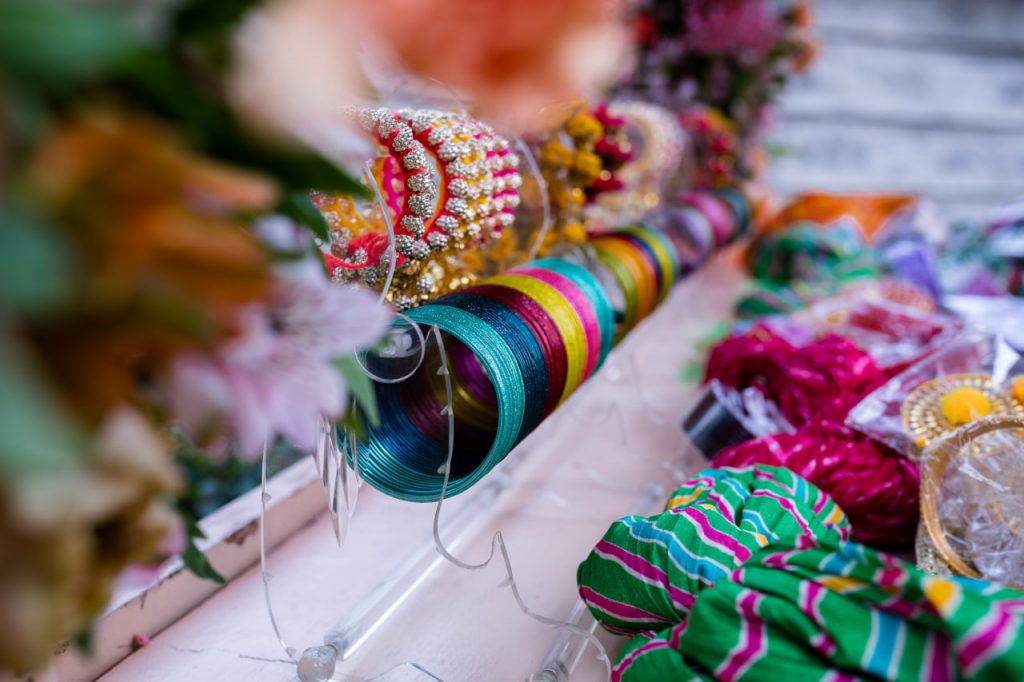At first glance, silk thread painting looks like embroidery — but in your hands, it transforms into brushwork. One stitch is like a single brushstroke; many together create shadows, light, shape, and emotion. To bring your artwork to life, you don’t need bold outlines or loud contrasts — you need depth. And depth is built through color and layers.
Start with the Light
When painting with thread, you’re not filling in a coloring book — you’re sculpting with color. Most silk artists begin with the lightest tones, laying down a base that feels soft and open. These foundational stitches give your image air and space. Even if they’re later covered, they affect how light moves through your work.
Think of the light tones as underpainting — subtle hints that will later glow through darker threads. This is especially important in floral motifs, faces, or flowing fabrics, where softness and realism depend on seamless transitions.
Build with Intention
Once the light base is in place, you begin to layer. Each new stitch overlaps the last, just slightly. The magic is in the gradation — one shade gently blending into the next. You can control the visual depth by varying your stitch direction, density, and thread count. Use one strand for transparency, two for richness, more for weight.
Silk thread responds beautifully to layering. Unlike matte cotton, it catches light differently depending on angle and color. By working slowly and layering with awareness, you can create images that feel three-dimensional — not flat on cloth, but rising from it.
Color Theory in Thread
As in painting, a basic understanding of color theory helps immensely. Use warm and cool versions of the same color to give your work emotional dimension. Cool blues recede; warm reds and golds pop forward. You can guide the viewer’s eye just by changing temperature, even if the values are close.
If you’re shading a flower petal, for instance, move from pale peach to soft rose to deep crimson. Avoid sharp jumps unless you want contrast — smooth color transitions evoke softness and realism.
The Art of Blending
Blending is where your piece becomes truly painterly. Techniques like long and short stitch, split stitch, and needle blending let you create gentle shifts and even invisible transitions. You’re not just placing color — you’re sculpting emotion, curve, and light.
To blend well:
- Always follow the natural shape of the object (e.g. curve your stitches along a petal edge).
- Use short stitches in tight areas, longer stitches in open ones.
- Don’t be afraid to overlap threads — silk is forgiving, and its luminosity rewards layering.
Patience Builds Beauty
Creating depth isn’t fast. But that’s the gift of this art form. You’re invited to slow down, to layer with care, to feel your way through color. And in return, your artwork will carry richness, movement, and soul.
When you step back and see your finished piece — when the light hits it and shadows form from the thread itself — you’ll see that every extra minute, every added layer, was worth it.
